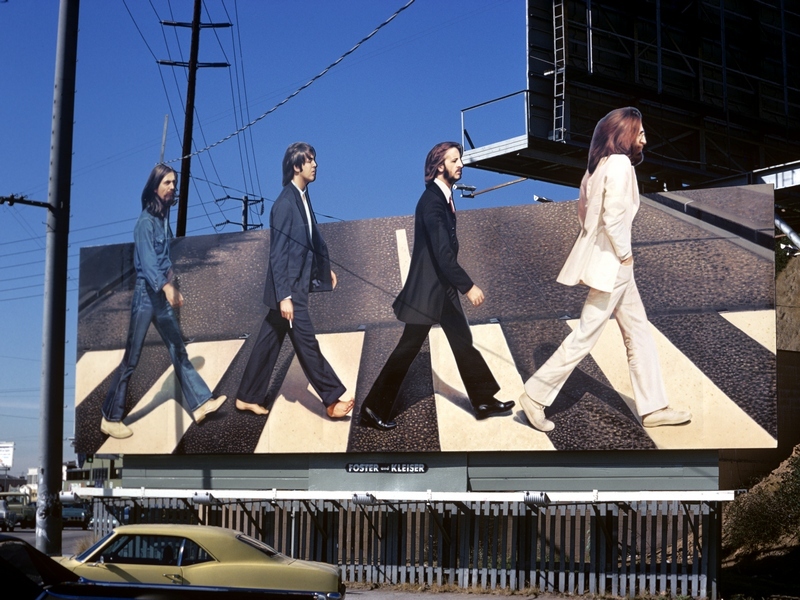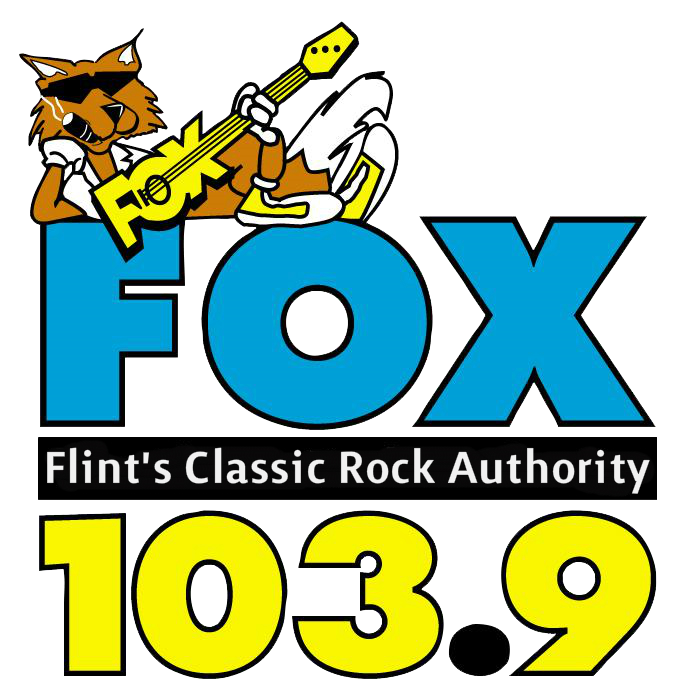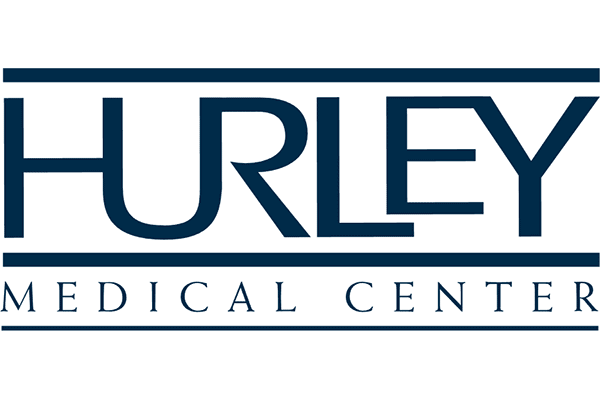
It was 53 years ago today (September 26th, 1969) that the Beatles‘ final album, Abbey Road, was released. Although the Let It Be album was released the next year featuring earlier unreleased tracks, Abbey Road was the last album the group recorded together. The album’s working title had been Everest — after a brand of cigarettes their engineer Geoff Emerick smoked — before the group simply chose the name of the street where their recording studio was located.
Abbey Road spent 11 weeks at Number One and featured the double A-sided single “Come Together” and “Something,” the highest-charting Beatles song written by George Harrison. Paul McCartney commented on the song in The Beatles Anthology saying, “‘Something’ was out of left field. . . It appealed to me because it has a very beautiful melody. I thought it was George’s greatest track.”
2019 saw the is the 50th anniversary edition of Abbey Road. Newly remixed by producer Giles Martin and mix engineer Sam Okell in stereo, high res stereo, 5.1 surround, and Dolby Atmos, accompanied by 23 session recordings and demos, most of which were previously unreleased.
Prior to its release, Ringo Starr told us how much he was looking forward to the upgrade in sound to the “Fab Four’s” 1969 swan-song — but admits, having the group’s mistakes and alternate takes unearthed leaves him a bit cold: “I’ve loved all the re-releases ’cause of the remastering and because you can hear the drums. Usually, if anything was gonna get lost, they dial down the drums in the old days. I played the Abbey Road one — I love it! I love the remasters. I mean, I get a bit fed up, personally, with all those, like, ‘Take 9’ or ‘Take 3’; y’know, the odd takes that we didn’t put out, but, it’s part of the box set, so you’re gonna have to do stuff like that now.”
In October 2019, the Beatles made the Guinness Book of World Records with the Abbey Road reissue. Variety reported that the “Fab Four” returning to the Number One spot on Britain’s Official Charts Company with their 50th anniversary editions of the album, marked “the longest period of time for an album to return to Number One in the UK after a record-breaking 49 years and 252 days.”
Amazingly, the Beatles smashed their own record that was previously reached back in 2017 when their 1967 Sgt. Pepper’s Lonely Hearts Club Band collection returned to the top spot after 49 years and 125 days. Paul McCartney responded to the news of the new world record, saying, “It’s hard to believe that Abbey Road still holds up after all these years. But then again it’s a bloody cool album.”
In 2009, the last CD remaster of Abbey Road debuted at Number One on Billboard’s Pop Catalog chart. In January 2012 it was announced that for the third year in a row, Abbey Road remained the best-selling vinyl album. According to the Nielsen/SoundScan list, Abbey Road sold an impressive 41,000 copies in 2011 beating out then-new vinyl releases from Wilco, Black Keys, Adele, and Fleet Foxes. In 2012, Ringo Starr told Rock Cellar magazine that Abbey Road was his favorite of the band’s albums, explaining, “For me, that would be the second side of Abbey Road. That one is my favorite because I just love all those bits and pieces that weren’t full songs that John (Lennon) and Paul (McCartney) had been working on and pulled all together — ‘Mean Mr. Mustard,’ ‘Polythene Pam,’ and ‘She Came In Through The Bathroom Window.’”
By the time of the Abbey Road sessions, which began in earnest in mid-1969, the group had been in the slow process of breaking up since their return from India the previous year, and struggled through 1968’s “White Album” — as well as the month-long movie shoot that resulted in 1970’s Let It Be album and film.
By the spring of 1969 John Lennon was drifting further away, after marrying Yoko Ono and embarking on the first of several anti-war “bed in” events.
Paul McCartney was eager that the group not end on the sour note that had become the Let It Be project, and rallied the group to produce an album on par with classics like Rubber Soul, Revolver, and Sgt. Pepper’s Lonely Hearts Club Band.
The seeds for the Abbey Road album lay in the January 1969 Let It Be album and film project — which was still unreleased when the Abbey Road sessions commenced. George Harrison recalled during The Beatles Anthology that it was actually the group’s decision to better their work on Let It Be for their official followup to 1968’s “White Album”: “Well, I think the deal was through Let It Be, it was like, I left, and we got back on the basis of we’ve gotta just finish it up and make it tidy, so I got back on that basis. Then everybody decided we ought to do one better album.”
Late-Beatles producer George Martin recalled in The Beatles Anthology the events leading up to the mid-1969 sessions which kicked off Abbey Road: “At the end of Let It Be. . . Let It Be was such an unhappy record, really — even though there are some great songs on it — I really thought that was the end of the Beatles and I thought I would never work with them again. I thought, ‘What a shame to go out like this.’ So I was quite surprised when Paul rang me up and said, ‘We’re going to make another record, would you like to produce it?’ And my immediate answer was — ‘Only if you let me produce it the way we used to.’ And he said to me, ‘We do want to do that.’ I said, ‘John included?” He said ‘Yes, honestly.’ So I said, ‘If you really want to do that, let’s do it and get together again.’ And it was a very happy record. I guess it was happy because everybody knew it was going to be the last.”
Harrison admitted he wasn’t sure whether the Abbey Road sessions were making the end of the Beatles: “We didn’t know, or I didn’t know, at the time that it was the last Beatle record that we would make, but it kind of felt a bit like we were reaching the end of the line.”
McCartney remembers that the band was definitely out to prove something with Abbey Road: “I think it was, in a way, the feeling that it might be our last, so let’s show ’em what we can do, let’s show each other what we can do, let’s have a good time doing it. We had lots and lots of bits and things. John had a bit of a song called ‘Polythene Pam’ and we hit upon the idea of medley-ing them all, which gave the second side of Abbey Road a kind of sort of operatic kind of structure — which was kind of nice ’cause it got rid of these songs in good way.”
One of George Harrison’s closest friends, Eric Clapton, was on hand to witness the birth of one of Harrison’s greatest Beatles-era classics: “It was one of those beautiful spring mornings, and I think it was April, and we were just walking through the (laughs) garden with our guitars — and that, I don’t do that! Y’know, I only ever do. . . This is what George brought to the situation. He was just a magical guy and he would show up with his guitar, get out of the car with the guitar, and come in and you’d start playing. And we walked around the garden and sat down at the bottom of the garden, looking out and the sun was shining and it was a beautiful morning and he started to sing ‘Here Comes The Sun.’ The opening lines, y’know?”
George Harrison looked back at writing 1969’s “Something” — the second song on Abbey Road — and remembered that the melody automatically felt familiar to him: “I wrote that in Abbey Road (Studios) when we were making the ‘White Album.’ And again, when you write songs everything, in a way, sounds familiar — and the more catchy it is, the more familiar it sounds. But writing ‘Something,’ I wrote the main part of that, and then I, sort of, just put it on ice for about six months, because I thought, ‘That’s too easy! It sounds so simple, it must be something.’ ‘Cause once I got into writing it, the first change (sings) — once I made that change, everything followed. So I thought it must be something else — but it wasn’t.”
It was at John Lennon’s urging that George Harrison receive his first original Beatles A-side with 1969’s “Something” — which shared double A-side status with Lennon’s own Abbey Road classic “Come Together.” Prior to the album’s release in September 1969, Lennon was full of praise for “Something”: “I think we’ll probably put ‘Something’ out as a single out there (in the U.S.) I think that’s about the best track on the album, actually — George’s track. And they had it. . . Y’know how they always get our records before they’re out over there, somehow, and they were playing ‘Something’ so much. They had an advance thing of it. They’re red hot for it over there, so we’ll probably release it over there as a single. I don’t know what’ll happen here.”
Shortly after its 1969 release, Paul McCartney picked his favorites off the Abbey Road album: “Well, I like ‘Come Together’ — that’s a great one, which is John’s one. I like ‘Something,’ George writes (sic). For me, I think, it’s the best he’s written. And I like ‘Because’ on the second side. I like all the others, y’know, I think there’s not a bad track on it. But my favorites are those ones; and then the long one. The whole of the end bit, I think that works good.”
Although John Lennon missed the Abbey Road sessions for “Maxwell’s Silver Hammer” following a car crash in Scotland, he had workshopped the song heavily during the Beatles’ January 1969 Let It Be project: “Yeah, it’s a typical McCartney sing-a-long, or wherever you call ’em. He did quite a lot of work on it. I was ill after the accident when they did most of that track. And I believe he really ground George and Ringo into the ground (laughs) recording it.”
Paul McCartney explained that close-knit harmony vocals on a tune like “Because” came from working hardcore on three-part harmony since they were teenagers in Liverpool: “With the Beatles, we started off years ago doing harmonies, and I think just as we went on we got better and better. And for something like ‘Because,’ which I think was, like, the epitome of it; we worked at it. We did it a few times ’til we got it right.”
Beatles author Bruce Spizer says that some of the credit for the aural quality of Abbey Road has to go to the Beatles’ chief engineer and their producer: “Some of that obviously was due to the great techniques that Geoff Emerick and George Martin were putting forth on these, where, y’know, the Beatles wanted a certain sound, it was their job to somehow create it.”
Beatlefan magazine executive editor Al Sussman believes that at the very least, the band realized they were at some type of crossroads, and that spurred them on to the height of their creativity: “I’m not sure that it absolutely is the best Beatles album — but the last side of it may be the best side of music the Beatles ever put together as a band. I think they, even if it was subconsciously, realized that this was going to probably be their last album for at least some time to come — they probably didn’t realize it was going to be the last album forever, but I think they knew it was going to be the last album for some time to come. It’s one of the miracles of the summer of ’69, like the moon landing, like Woodstock, like the Mets.”
From the opening funky groove of Lennon’s “Come Together” to Harrison’s classic ode to spring “Here Comes The Sun” to McCartney’s mini-opera that dominated side two, the Beatles managed to put their personal and business differences aside to produce an album that rivaled, if not topped, their greatest work.
John Lennon as always was frankly honest when appraising his and the Beatles’ work — and the group’s Abbey Road was no exception: “Abbey Road, for me, as always with all the albums, I like some of the tracks and I don’t like others of the tracks. And it’s always been the same. I’ve never been a knocked-out Beatle fan by any of our albums, y’know? I like some of the work we do and some of it I don’t. And Abbey Road was a competent album. I don’t think it was any more than that — or any less.”
Around the time of Abbey Road‘s original release in the fall of 1969, George Harrison name-checked some of his favorite tunes on the album: “I like ‘You Never Give Me Your Money’ and “Golden Slumbers’ and things; y’know, Paul always writes nice melodies. He’s amazing for doing that. I like Ringo’s song (‘Octopus’s Garden’), because Ringo should do it and it’s just like a country and western tune, anyway. And it’s a happy tune and it’s all that. And I like what he’s saying, about ‘rest our head on the sea bed, we could be warm below the storm.’ I’ve heard a few people saying that it’s their favorite track on the album.”
Although John Lennon realized that he and the Beatles were the prime creative movers of the boomer generation — he always went to great lengths to explain that they were only a part of the ’60s cultural shift — not the actual reason for it: “Y’know that bit about — ‘We changed everybody’s hairstyles,’ but something influenced us, whatever’s in the air to, to do it. And pinpointing who did what first, is. . . . doesn’t really work. We were part of whatever the ’60s was. We were like the ones that were chosen to represent whatever was going on on the street. It was happening itself, y’know? It could’ve been somebody else — but it wasn’t. It was us and the (Rolling) Stones and people like that and here we all are, y’know? And we all went through it together.”
On August 20th, 1969 all four Beatles attended the album’s final mix and running-order session. It was the last time all four Beatles were together in a recording studio. Two days later, they met on the grounds of Lennon’s Tittenhurst Park estate to pose for their final photo session.


